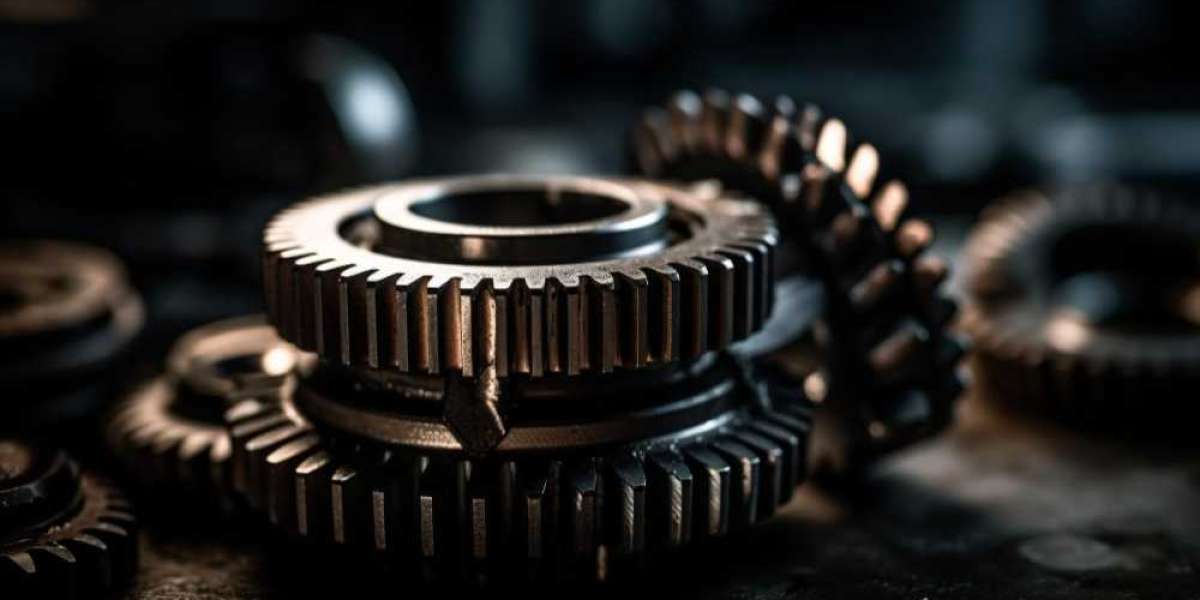Marine engine Parts are the heart of every ship, driving everything from small fishing boats to massive cargo carriers across the world's oceans. To operate efficiently and reliably in harsh sea conditions, these engines rely on a wide range of parts working in perfect harmony. In this blog, we’ll explore the key components of a marine engine, their functions, and why proper maintenance of these parts is critical for smooth maritime operations.
Cylinder Block
The cylinder block forms the foundation of the engine. It houses the cylinders where the pistons move up and down during the combustion process. Built to withstand high pressure and temperature, the cylinder block is made from strong, durable materials like cast iron or aluminum alloys.
Cylinder Head
Mounted on top of the cylinder block, the cylinder head seals the combustion chamber and holds critical components such as the intake and exhaust valves, fuel injectors, and sometimes the camshaft. It plays a vital role in air and fuel flow and combustion.
Pistons and Piston Rings
Pistons convert the energy from fuel combustion into mechanical energy by moving up and down inside the cylinders. Piston rings provide a seal between the piston and cylinder wall, preventing leakage of combustion gases and regulating oil consumption.
Crankshaft
The crankshaft converts the linear motion of the pistons into rotational motion, which turns the ship’s propeller. It is one of the most critical components of the marine engine and must be precisely balanced to avoid vibration and wear.
Connecting Rods
These connect the piston to the crankshaft and transfer the motion from the piston to the crankshaft. They must be extremely strong to withstand constant pressure and movement.
Camshaft
The camshaft operates the intake and exhaust valves by using lobes (cams) that push against the valves at the correct timing. Proper valve timing is essential for efficient combustion and engine breathing.
Fuel Injection System
The fuel system includes the fuel pump, injectors, and nozzles. It delivers the correct amount of fuel into the combustion chamber at the right time and pressure. Efficient fuel injection is crucial for power, fuel economy, and emissions control.
Turbocharger
Most marine engines use a turbocharger to increase power and efficiency. It compresses the incoming air before it enters the combustion chamber, allowing more fuel to be burned and more power to be generated.
Cooling System
Marine engines use a water-based cooling system (often seawater-cooled) to keep temperatures within safe limits. It includes pumps, heat exchangers, thermostats, and coolant lines to prevent the engine from overheating.
Lubrication System
This system ensures all moving parts are well-oiled to reduce friction, wear, and overheating. It includes the oil pump, filters, oil cooler, and lubrication lines. Regular oil changes are essential for engine health.
Exhaust System
The exhaust system removes combustion gases from the engine and reduces harmful emissions. It often includes silencers and water-cooled exhaust lines to handle high temperatures and noise.
Starting System
Marine engines often use air-start or electric start systems to crank the engine. Air start systems use compressed air to turn the engine, especially in large diesel engines.
Control and Monitoring System
Modern marine engines are equipped with engine control units (ECUs) and monitoring systems to track parameters like temperature, oil pressure, RPM, and emissions. These systems help prevent failures and optimize performance.
Conclusion
Each part of a marine engine has a specific and critical role in keeping vessels moving safely and efficiently. Understanding these components not only helps in effective maintenance and troubleshooting but also improves overall operational efficiency. For marine engineers, operators, or enthusiasts, knowing your engine inside out is the key to long-term performance and reliability at sea.













